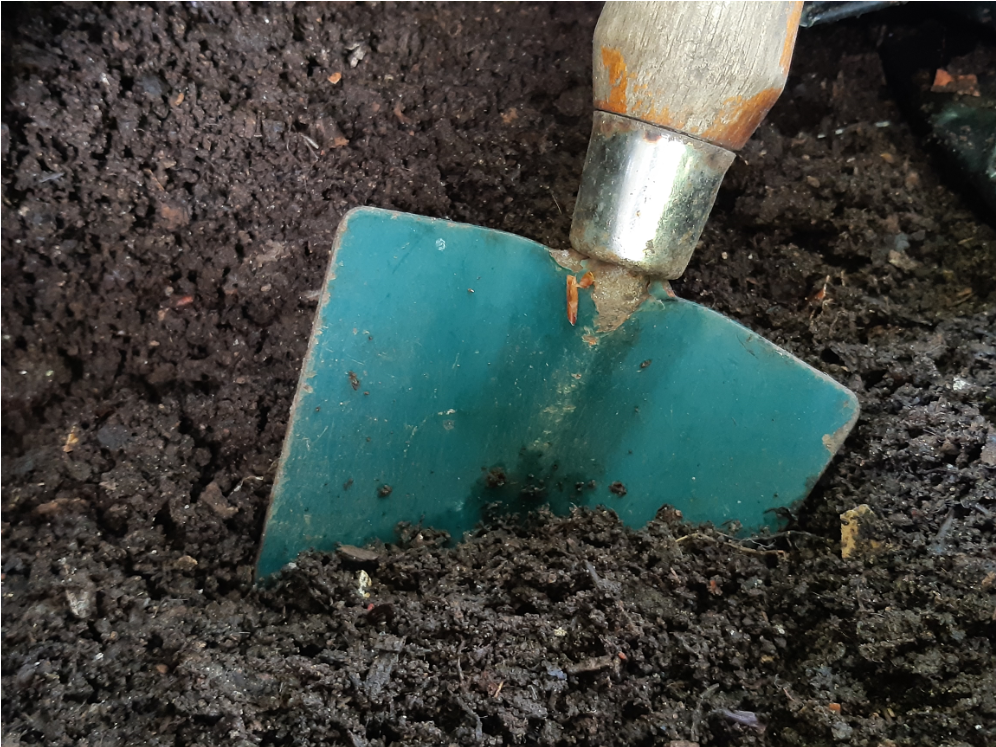Sue Marrs, NatureScot’s Freshwater Policy Manager, shares some easy tips for using less water in your garden.
It’s UK Water Saving Week. In Scotland we do have a lot of water, but it is not always in the right place and at the right time, so water saving is relevant here too. In addition, every drop of water delivered to our homes is so clean that we can drink it and that takes a lot of effort. So much effort that the UK water industry accounts for 1% of our total national carbon emissions through chemical treatments and transportation. So, although we are one of the most water rich countries in the world, it doesn’t make sense to pour drinking water over our gardens.
Here are a few tips:
For lovely grass, less is more
Society sets unattainable and undesirable ‘beauty’ standards for lawns, with images of smooth striped expanses of a single shade of green. A mixed sward, neatly cut if you must, is so much prettier.
Raise the cut height on your mower. This will encourage stronger, more resilient, plants that will compete with moss and seek out water during dry spells. Many lawns struggle as the grass is too short and does not have enough leaf area to capture light for energy.
During dry spells, cut your grass less. Watering discourages deep root growth and if the lawn does go brown, it will grow back when the rain returns.
If you are struggling with moss, try removing cores of earth to improve drainage before reaching for the chemicals, which just treat the symptoms rather than solving the problem. Coring also helps if soil is hard (compacted) and so allows water to penetrate for the plants to use later.
It’s in the soil
Plants use water that is in the spaces between soil particles. Adding organic matter to any soil will improve its ability to hold water.
The more we cover our soil over the more water runs off into storm sewers and the less water soaks into the soil to be available in dry weather. So try to have as few hard surfaces in your garden as possible.
Watering leaves can encourage fungal growth in warm weather, especially for water stressed plants. So in dry spells, target watering at the roots using water spikes or a watering can rather than spraying with a hose.
Established shrubs very rarely need watering as their roots run deep. Protect new plants with a layer of mulch until the roots develop. If you get autumn leaves in your garden, leaf mulch is free and keeps weeds down too. Step away from the leaf vacuum and pile them in a corner to rot down a wee bit before use.
Natural is best
Water from a butt is better for the plants and in warmer weather will not ‘cold shock’ plants in the same way mains water can. Harvesting water can also help prevent flooding from overstretched storm sewers. If you don’t have an outside tap, a water butt is a very handy and cheap alternative. This water can also be used for washing the car, external bins or anything else that doesn’t need drinking water levels of hygiene.

It’s best to water early in the morning or in the evening, although slugs enjoy the evening water too. Never water at midday as you will lose more by evaporation.
Being waterwise in your garden is good for the planet, it is also good for you and your garden. Don’t just take our word for it, find out more from the people who really know gardens at the Royal Horticultural Society: https://www.mains2rains.uk/ or waterwise: https://www.waterwise.org.uk/save-water/




You must be logged in to post a comment.